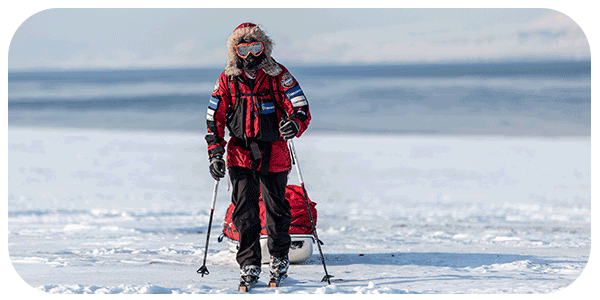
It would be indeed surprising for many of us to know that women were forbidden to enter into Antarctica before 1956. Many budding women scientists who wished to research Antarctica were rejected and denied entry. But times have changed now and women stay a step ahead in guiding foremost Antarctic research institutes across various locations. Women hold prestigious positions at the various institutes. A radio telecast recently portrayed women researchers in Antarctica displaying their excellence. The first woman to land on Antarctica was Maria Klenova, a marine geologist by profession. 60 years have gone past and the change should evolve further.
With the technological surge, many studies were carried out on a large scale. Women continue to lead both research institutes at British Antarctic Survey and the Alfred Wagner Institute. The high-profile contribution by the womenfolk towards science and research has been commendable. Women are now the lead authors of various research publications across varied disciplines concerning Antarctica. Though the majority of researchers are women, only a very few win accolades and recognition. The technical research skills of several women still go unnoticed. Profile of such women needs to be raised specifically to enhance their research credentials during their early stages of a career.
Women adapt to the situations easily, thrive well and perform great research at Antarctica. Women from 30 different countries across the globe have established a career for themselves in Antarctic research. The first Asian women from Korea to reach Antarctica is In-Young Ahn. An all-women team guided by Lois Jones has set an expedition to research Antarctica. The latest research in Antarctica focusses on sea octopus. Owing to the rich marine heritage, these octopus have been found to originate in Antarctica. Starfish, sea spiders and sponges offer attractive research potentials. Fish that survive in Antarctica with antifreeze proteins have fascinated several researchers.



